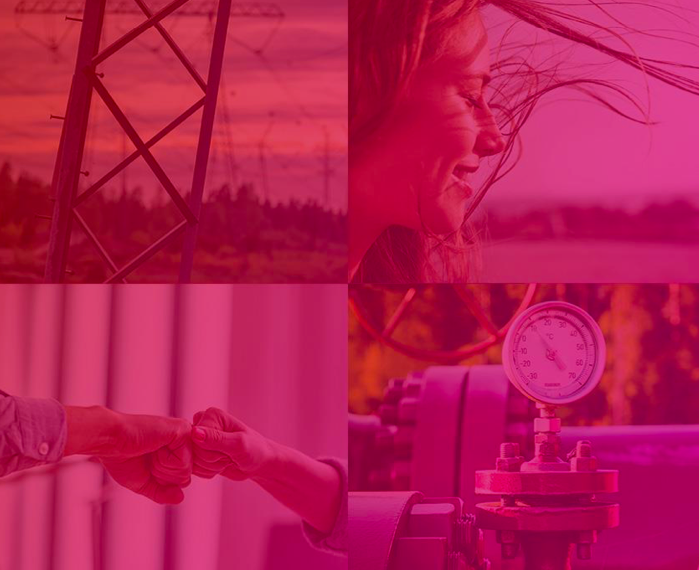Finland could produce up to hundreds of terawatt hours of hydrogen annually in the future and become a major European hydrogen exporter, according to Fingrid, the operator and developer of Finland’s transmission network, and Gasgrid Finland, which is responsible for Finnish gas transmission, maintaining and expanding transmission infrastructure, and operating a virtual trading platform for the gas market
“Finland’s hydrogen production potential is excellent enough for domestic needs and exports,” says Mikko Heikkilä, head of strategic network planning.
The operator has already signed contracts to connect more than 5000 MW of wind power for projects to be completed between 2022 and 2024. In total, Fingrid has received 150,000 MW of requests for connection to the power grid. The vast majority of these requests are for on-shore wind power. If all projects were realized, they would generate about 500 TWh of electricity per year. Of this theoretical potential, nearly 450 TWh could be used for new industry, equivalent to more than 300 TWh of pure hydrogen production.
The demand for hydrogen in Europe is expected to increase dramatically. Estimates made before the war in Ukraine suggested a demand of up to 1500–2300 TWh in 2050. Demand estimates for the 2030s are likely to increase as the war changes the energy policies of EU countries.
Finland is capable of producing large amounts of hydrogen without emissions. Already, about 90% of Finland’s electricity is generated without emissions, and electricity prices are among the lowest in Europe. Due to favorable wind conditions, low population density, and a very well-developed power line infrastructure, much wind power will be generated in Finland in the future. Finland also has abundant hydroelectric power, and the newest nuclear reactor was commissioned this spring.
The Finnish gas grid company Gasgrid Finland and the electricity grid company Fingrid started a collaboration in spring 2021 to study the potential of the hydrogen economy in Finland and the role of energy infrastructure in enabling the hydrogen economy. The recently published interim report of the project, “Energy transmission networks as enablers of the hydrogen economy and clean energy system,” outlines the potential of electricity and hydrogen pipeline infrastructure for the energy system.
“A hydrogen infrastructure pipeline can contribute to power system flexibility, efficient power transmission, and reduced risk for generators and consumers by connecting generators and consumers.”
- Sara Kärki, Head of Strategic Analysis & RDI
Gasgrid Finland has also participated in the European Hydrogen Backbone, a group of European gas transmission system operators. The group has developed a vision for the development of the European hydrogen network. According to this vision, the hydrogen pipeline network will gradually grow from regional hydrogen clusters to a large international network. In the Baltic Sea region, the planned hydrogen network would connect hydrogen production in the coastal regions of Finland and Sweden with industrial demand. According to the vision of the European Hydrogen Backbone, the hydrogen pipeline could later be routed from Finland to Germany to enable large-scale export of hydrogen for Central European industry.
Both companies are involved in the BotH2nia network, which aims to create a cross-border hydrogen industry hub in the northern Baltic Sea region.

















